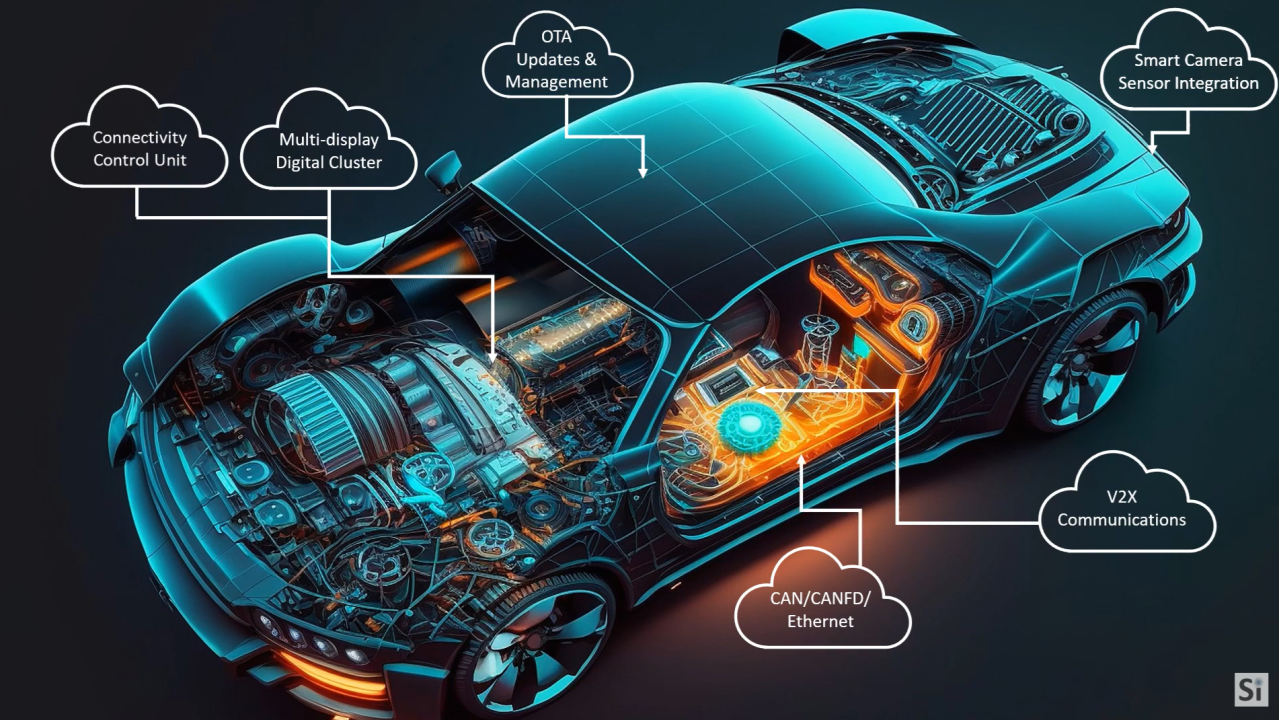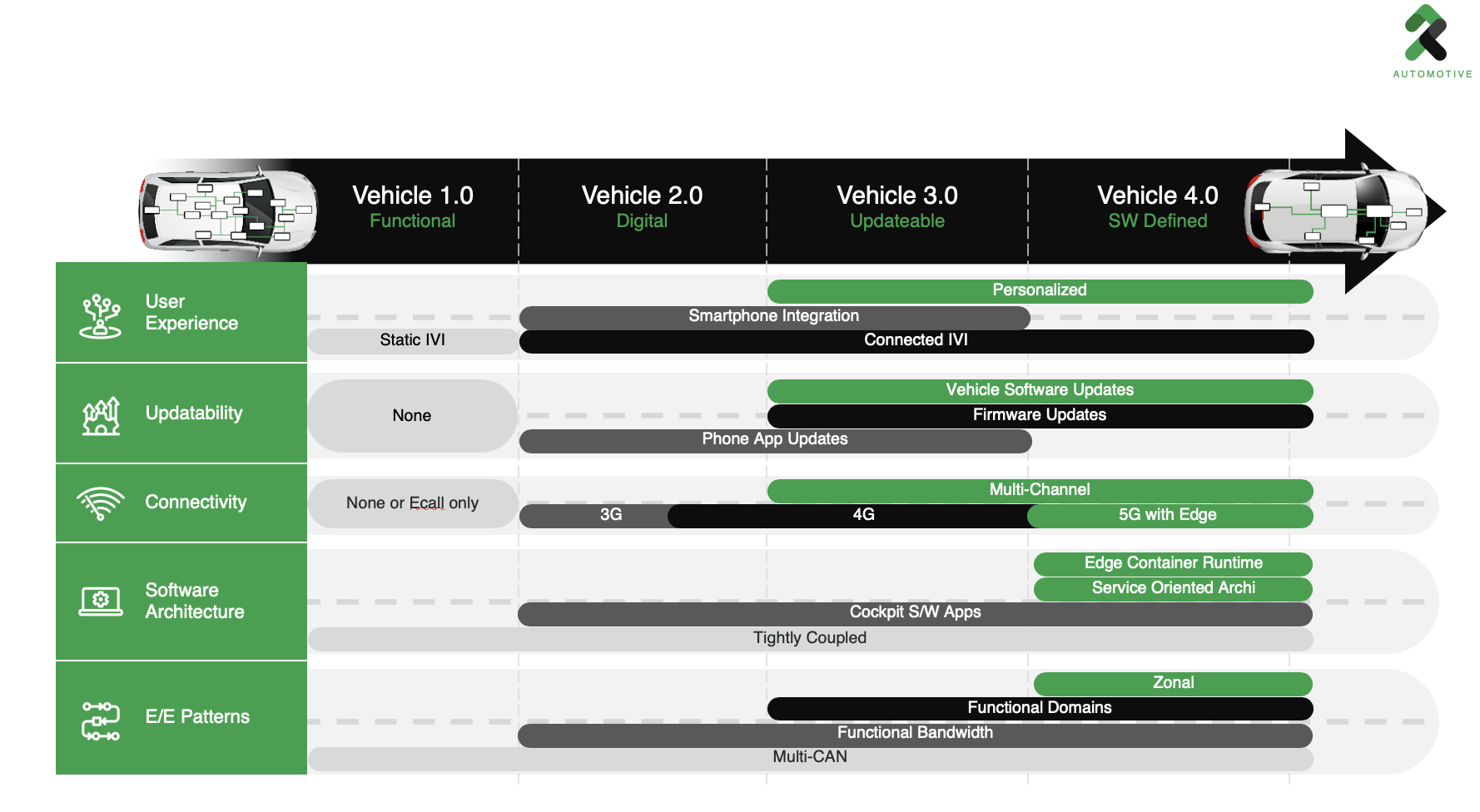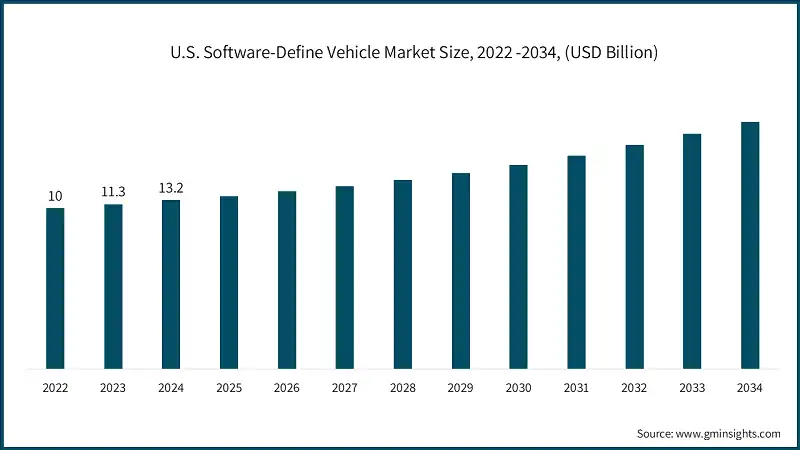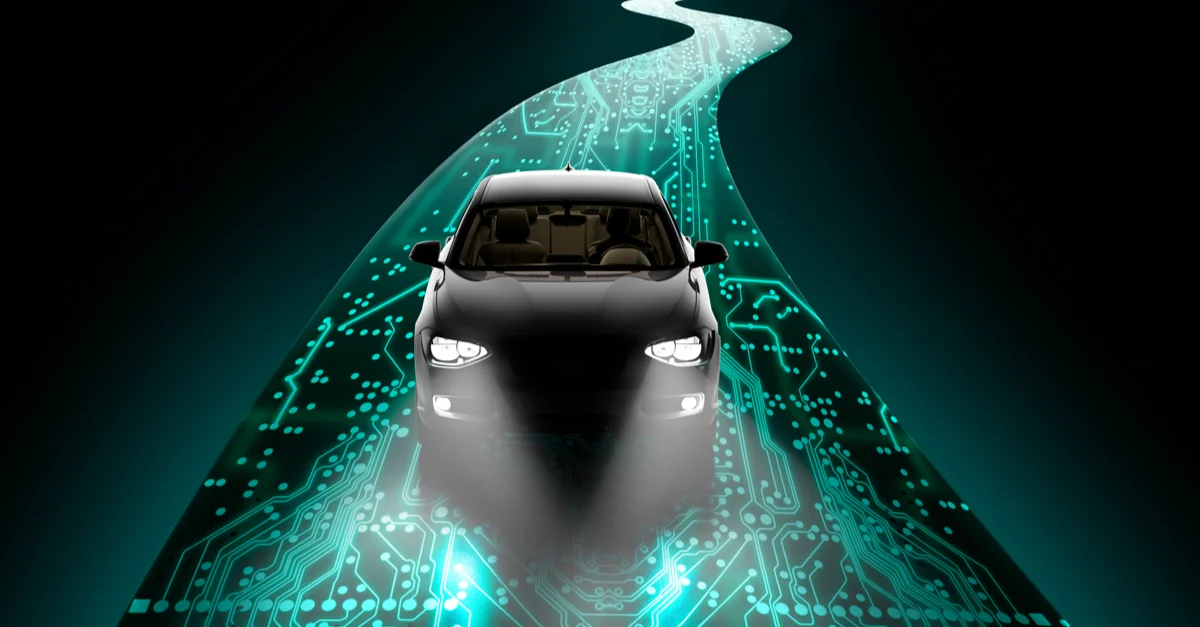The automotive industry is undergoing a profound transformation driven by the rise of Connectivity and Software-Defined Vehicles (SDVs). These innovations are reshaping how vehicles are designed, operated, and experienced, moving away from hardware-centric models toward software-first platforms that offer continuous updates, personalization, and seamless integration with digital ecosystems.
What Are Software-Defined Vehicles?
Software-Defined Vehicles are cars whose core functionalities and user experiences are primarily governed by software rather than fixed hardware components. Unlike traditional vehicles, where hardware limitations dictate capabilities, SDVs separate hardware from software, allowing automakers to deliver new features, safety enhancements, and performance improvements through over-the-air (OTA) updates throughout the vehicle’s lifecycle. This shift transforms vehicles into dynamic, connected platforms that evolve with user needs and technological advances.

The Role of Connectivity in SDVs
Connectivity is the backbone of SDVs. It enables vehicles to communicate with external systems such as cloud services, other vehicles (V2V), infrastructure (V2I), and smart city components, creating a rich data ecosystem. This constant data exchange supports real-time updates, predictive maintenance, personalized user settings, and advanced driver assistance systems (ADAS).
Through connectivity, SDVs learn from driver behavior, preferences, and environmental conditions, offering a deeply personalized experience-from adjusting seat and climate settings to recommending navigation routes and infotainment options tailored to individual lifestyles. Moreover, connectivity facilitates continuous data collection (within legal frameworks like GDPR), which feeds machine learning models to improve vehicle performance and safety over time.
Key Technological Advances Driving SDVs
- Centralized Compute and Zonal Architecture.
Traditional vehicles rely on numerous Electronic Control Units (ECUs) scattered throughout the car, each managing specific functions. SDVs consolidate these into centralized, high-performance computing zones, simplifying design and enabling more efficient software management. This zonal architecture supports OTA updates, reduces costs, and enhances cybersecurity by centralizing control and data processing. - Software-First Development.
SDVs adopt a software-first approach, where software development leads hardware integration. This paradigm enables developers to create and validate software in cloud environments before hardware availability, accelerating innovation and reducing costs. It also allows for flexible deployment across different hardware platforms, enhancing scalability and adaptability. - Advanced Driver Assistance and Autonomy.
ADAS and autonomous driving features are integral to SDVs. Software-defined ADAS systems continuously evolve through updates, improving safety and comfort. Companies like Plus are pioneering software platforms that underpin both autonomous driving and ADAS, reflecting the shift toward software-centric vehicle capabilities.
Business and Industry Implications
The rise of SDVs is prompting a strategic transformation among Original Equipment Manufacturers (OEMs), who are evolving into Original Experience Manufacturers focused on delivering intelligent, personalized mobility solutions. This shift demands new partnerships, adoption of open-source software, and modern software development practices such as continuous integration/continuous deployment (CI/CD) pipelines to manage the increasing complexity of vehicle software.

Furthermore, SDVs enable new business models based on subscription services, feature upgrades, and data-driven insights, creating ongoing revenue streams beyond the initial vehicle sale. This software-centric ecosystem also requires OEMs to prioritize cybersecurity and regulatory compliance to safeguard user data and vehicle operation.
Challenges and the Road Ahead
While SDVs promise a smarter, safer, and more connected driving experience, challenges remain. Legacy OEM processes and hardware-centric mindsets slow agility and innovation. The complexity of integrating diverse software components and ensuring robust cybersecurity are ongoing hurdles. However, industry momentum, supported by advancements in AI, cloud computing, and telecommunications (including 5G), is steadily overcoming these barriers.
In summary, Connectivity and Software-Defined Vehicles are revolutionizing the automotive landscape by enabling vehicles to become intelligent, adaptable platforms. This transformation enhances user experience, safety, and operational efficiency while opening new business opportunities for manufacturers. As the industry embraces these advances, the future of mobility promises to be more connected, personalized, and software-driven than ever before.

